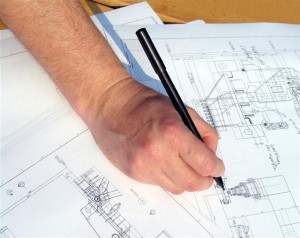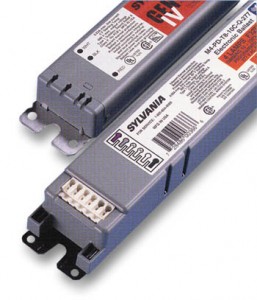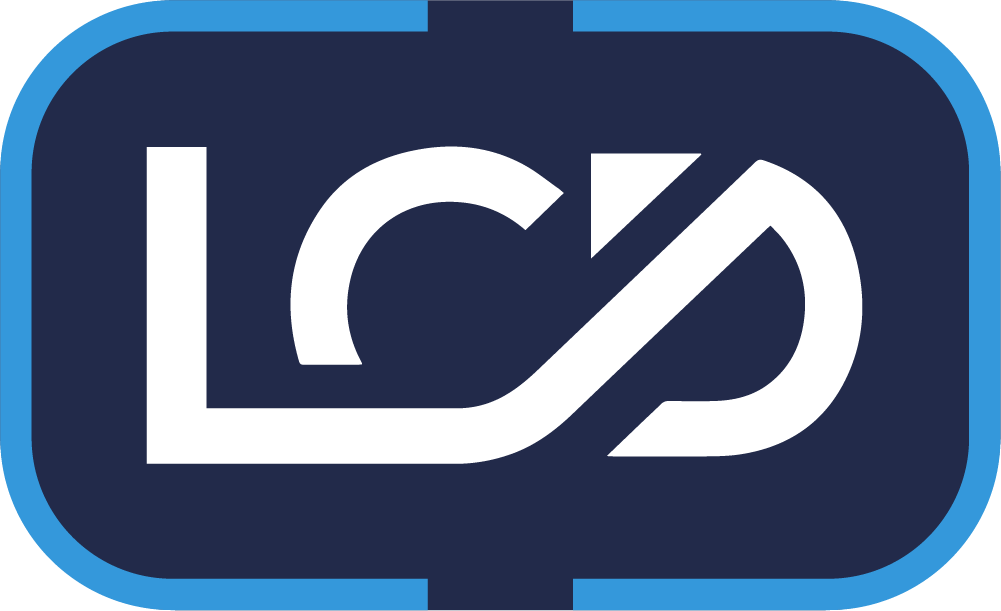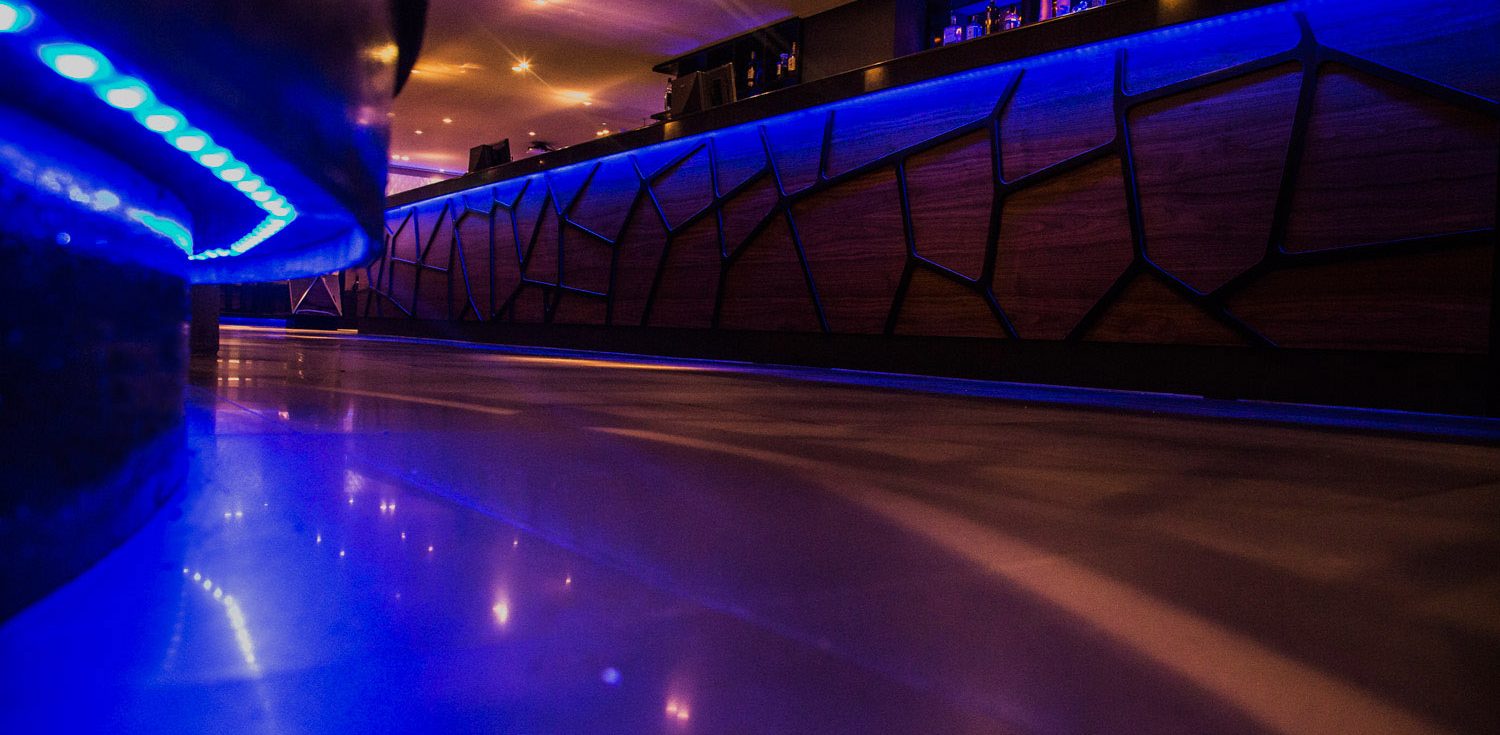Our Design Process
Lighting Control Process
Stage One:
Lighting Hardware Selection – Lighting Controls Specification
This stage splits straight down the middle between the two different hierarchies of control.
- Lighting Controls schema
The User and environmental controls are the creative stage of the process where as designers we can work with you to look at how you will use and control the lighting within your space. Many designs use the simplistic method of replacing old light switches with new modern scene panels. While this gives more control it is real shame that the great potential of control has not been realised.

The schema of control comes first!
At this stage we are not looking to just provide a list of control equipment and find a schema for it’s use later. The process starts with looking at the uses of the spaces involved and how the users will use these different spaces. This requires interaction with all stake-holders in the project architect, managers and end-users. From this understanding of the use of the space we can design a controls system that works with the use rather than the other way round. The schema of control comes first and the equipment and placement of equipment to realise that schema comes naturally from it.
2. Internal System Controls – Ballasts, Leading edge / trailing edge dimmers, LED controllers etc

ECG – Ballasts , Transformers ,LED – PSU’s, Convertors
The internal system controls of a system are equally important to get 100% correct if you are to achieve a stable system. To use a heating controls analogy these parts of the system are your valves , actuators and fan controllers. The users will never see them but they are fundamental to the stable operation of the system.
In the main electronic control gear is used over and above electromagnetic control gear due to the advantages in terms of energy saving. Many lighting manufacturers built control gear into their fittings and hence you don’t get the choice of getting good gear or bad gear but depending on the size of your project you can get your say. There are many different choices of control protocols and each manufacturer will profess that their gear performs the task better, faster and more efficiently that the last. The important thing is to ensure whatever is selected will work together with the control system, with the lamps selected and that all the installation requirements are known prior to stage two.
Stage Two:
The work completed in stage one holds us in good stead for the installation to take place.
The electrical contractors become involved at this stage to install all the system wiring. Given the thorough design achieved we can fully brief and if necessary provide training for the electrical installers to ensure a sufficient quality level of installation is achieved. The types of cable and testing of lighting controls infrastructure is often unknown to electrical contractors and we provide testing and inspection services which allow us to ensure the internal system controls and control system communications have been correctly installed and are functioning correctly prior to the completion of the install and start of the commissioning phase.
Stage Three:
Lighting control Schema Creation and programming / commissioning of the lighting controls system.
If possible the lighting controls schema should be already established during stage one of the project however we have a great deal of experiance of being asked to enter a project at stage two or even stage three when controls have been installed with little thought to there eventual use. This process is much more restricted and results in a lesser result but with a bit of ingenuity a good result can still be achieved.
Given the lighting schema and a proofed and stabe system we can commence the programming of the system as per the lighting schema. Following an initial programming visit we allow the users to use the system for a couple of weeks and provide us with feedback of their experiance. A final visit incorporating some system training and any tweaks resulting from the user feedback completes the full commissioning of the project.



